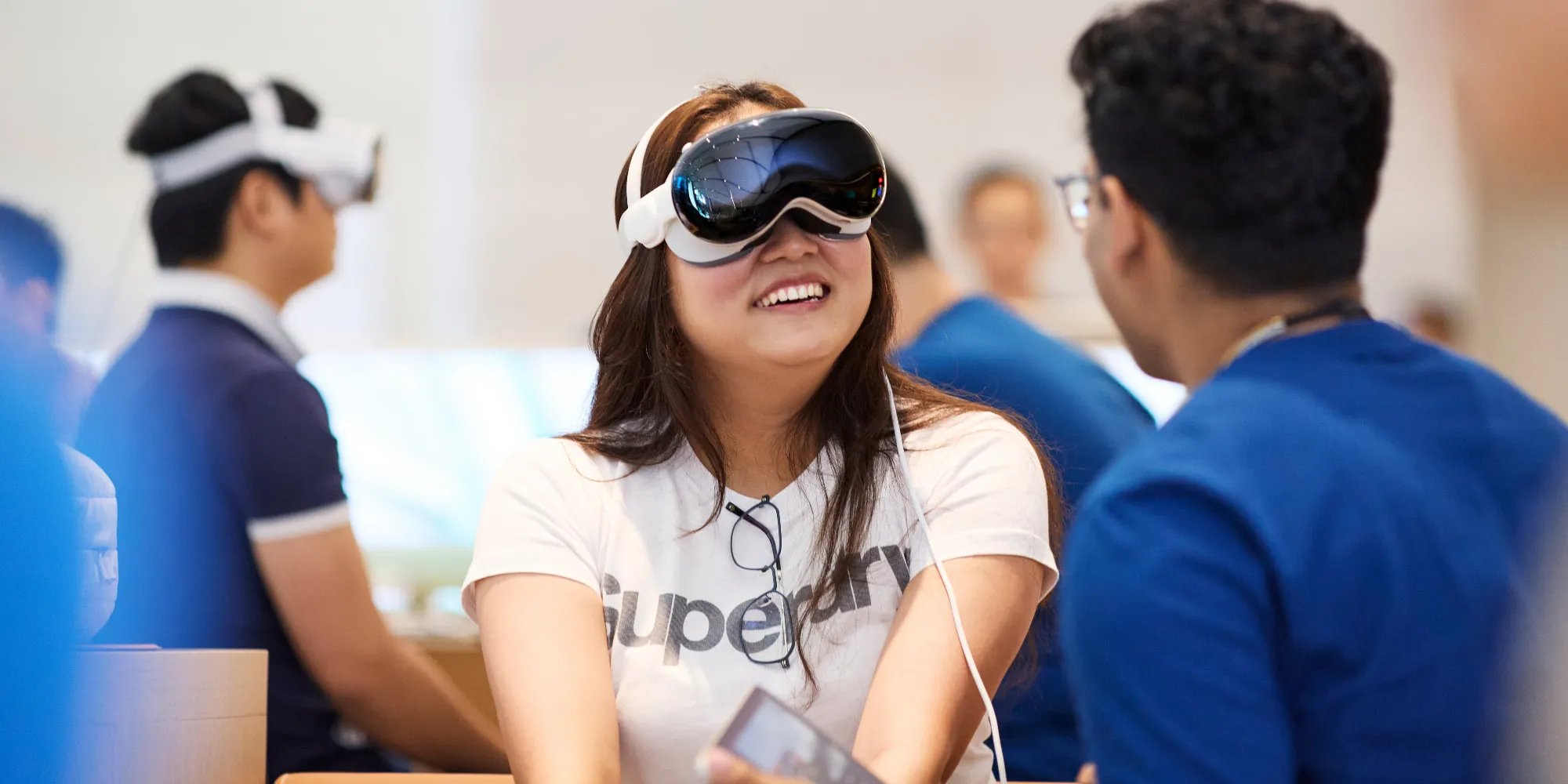Apple’s annual iPhone releases are highly anticipated events, often introducing incremental upgrades to existing models. However, 2025 stands out as a year of significant innovation with the introduction of two new models: the iPhone 16e and the iPhone 17 Air. These devices, while distinct in their offerings, share a common philosophy of delivering essential features with certain compromises to cater to specific market segments.
iPhone 16e: Emphasizing Core Features
Launched earlier this year, the iPhone 16e represents Apple’s strategic move to offer a device that focuses on fundamental functionalities without the premium price tag associated with flagship models. This approach is reminiscent of the iPhone SE series, which aimed to provide a balance between performance and affordability.
Key Specifications:
– Processor: Equipped with the A18 chip, the iPhone 16e ensures robust performance, capable of handling everyday tasks and more demanding applications with ease.
– Display: The device features a 6.1-inch Super Retina XDR display, delivering vibrant colors and sharp visuals. Notably, it retains the notch design, distinguishing it from the Dynamic Island feature found in higher-end models.
– Camera System: A single 48MP main camera is present, capable of capturing high-resolution images. However, the absence of additional lenses means users miss out on ultra-wide or telephoto photography options.
– Connectivity: The inclusion of a USB-C port aligns with the industry’s shift towards universal charging standards, enhancing compatibility with a wide range of accessories.
Notable Omissions:
– Camera Control Button: Unlike its more expensive counterparts, the iPhone 16e lacks the Camera Control button, which offers quick access to various camera functionalities.
– MagSafe Support: The device does not support MagSafe technology, limiting options for magnetic accessories and wireless charging enhancements.
– Display Features: The absence of the Dynamic Island feature means users do not benefit from the interactive notifications and controls that this design offers.
These omissions are strategic, allowing Apple to offer the iPhone 16e at a more accessible price point while still delivering a high-quality user experience.
iPhone 17 Air: Bridging the Gap Between Form and Function
Set to launch later this year, the iPhone 17 Air is poised to replace the Plus model in Apple’s lineup, introducing a design-centric approach that emphasizes slimness and aesthetics.
Anticipated Features:
– Design: The iPhone 17 Air is expected to be Apple’s thinnest iPhone to date, boasting a sleek profile that appeals to users prioritizing portability and style.
– Display: A new 6.6-inch display with ProMotion technology is anticipated, offering smoother scrolling and more responsive touch interactions.
– Camera System: Similar to the iPhone 16e, the 17 Air is rumored to feature a 48MP main camera. However, it may lack additional lenses, which could limit versatility in photography.
– Performance: Powered by the A19 Pro chip and equipped with 12GB of RAM, the device is expected to deliver high performance suitable for demanding applications and multitasking.
Potential Trade-offs:
– Battery Life: The ultra-thin design may result in a smaller battery capacity, potentially leading to shorter battery life compared to other models.
– Camera Limitations: The absence of telephoto and ultra-wide lenses could be a drawback for photography enthusiasts seeking a comprehensive camera system.
These compromises suggest that the iPhone 17 Air is tailored for users who value design and portability over certain advanced features.
Comparative Analysis:
Both the iPhone 16e and iPhone 17 Air embody Apple’s strategy of offering devices that focus on essential features while making calculated omissions to cater to specific user preferences and price points.
– Performance: Both models are equipped with powerful processors (A18 in the 16e and A19 Pro in the 17 Air), ensuring smooth performance for a wide range of applications.
– Design Philosophy: The iPhone 16e maintains a design reminiscent of earlier models, appealing to users seeking familiarity and reliability. In contrast, the iPhone 17 Air introduces a bold, ultra-thin design aimed at those who prioritize aesthetics and portability.
– Feature Set: While both devices offer high-quality displays and main cameras, they lack certain features found in premium models, such as multiple camera lenses and advanced display technologies.
Market Implications:
Apple’s introduction of these models reflects a nuanced understanding of diverse consumer needs. The iPhone 16e caters to budget-conscious users who desire a reliable device without unnecessary frills. Meanwhile, the iPhone 17 Air targets a segment that values cutting-edge design and is willing to accept certain trade-offs in functionality.
This strategy allows Apple to broaden its market reach, offering products that align with varying user priorities and financial considerations.
Conclusion:
The iPhone 16e and iPhone 17 Air exemplify Apple’s commitment to innovation and adaptability. By focusing on core functionalities and making strategic compromises, these models provide consumers with choices that align with their individual preferences and needs. As the smartphone market continues to evolve, such tailored offerings are likely to play a crucial role in meeting the diverse demands of users worldwide.



